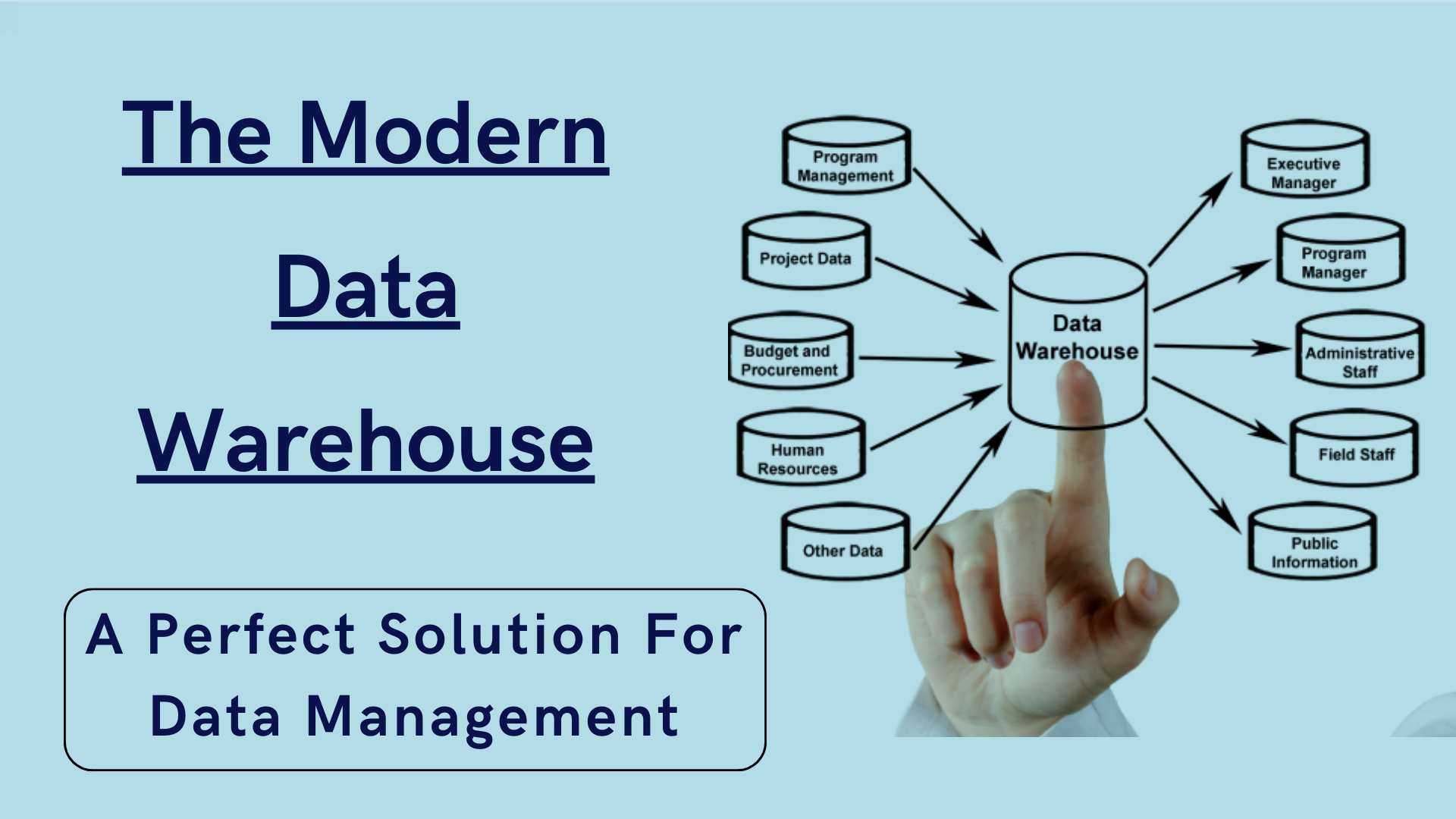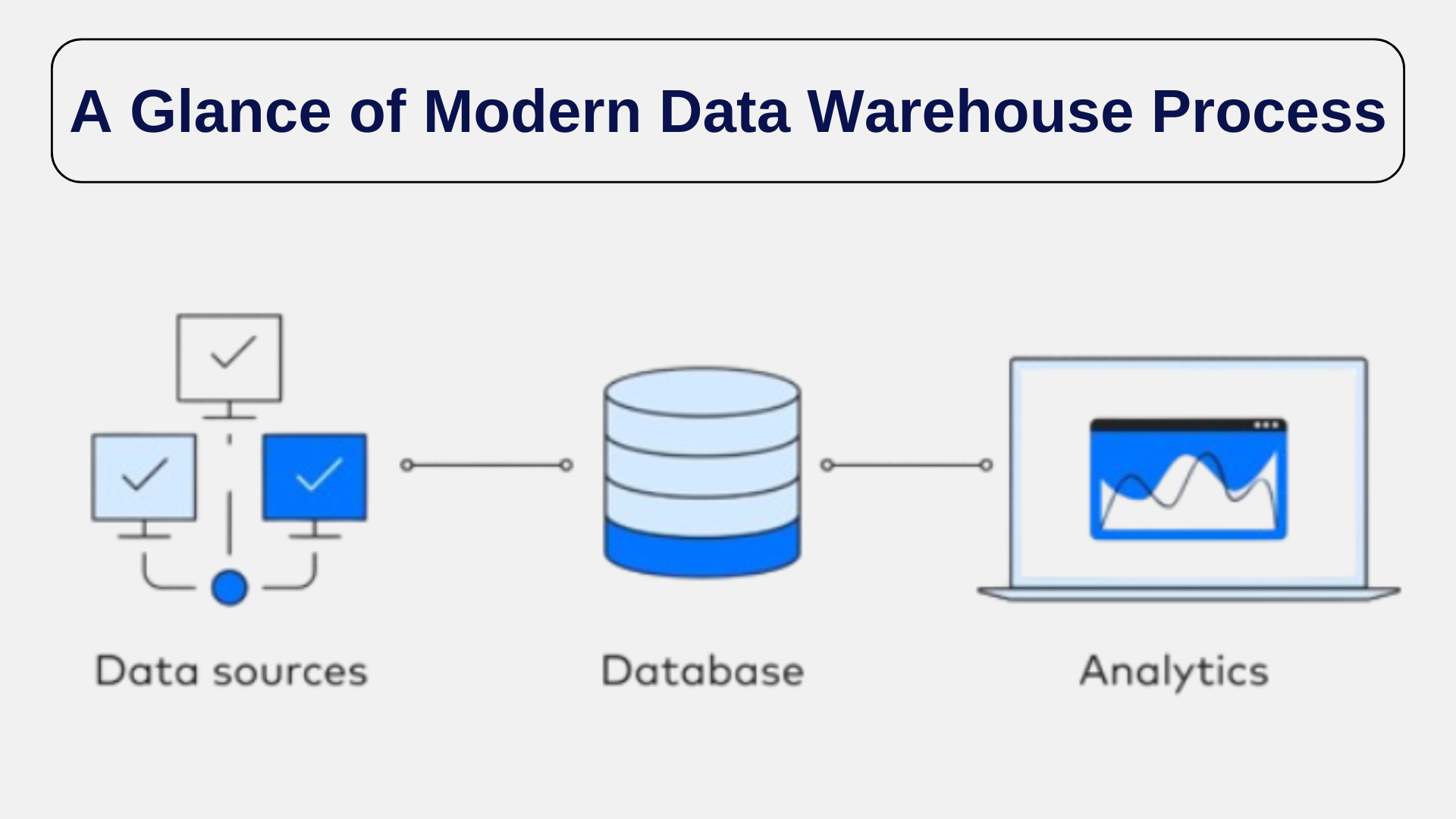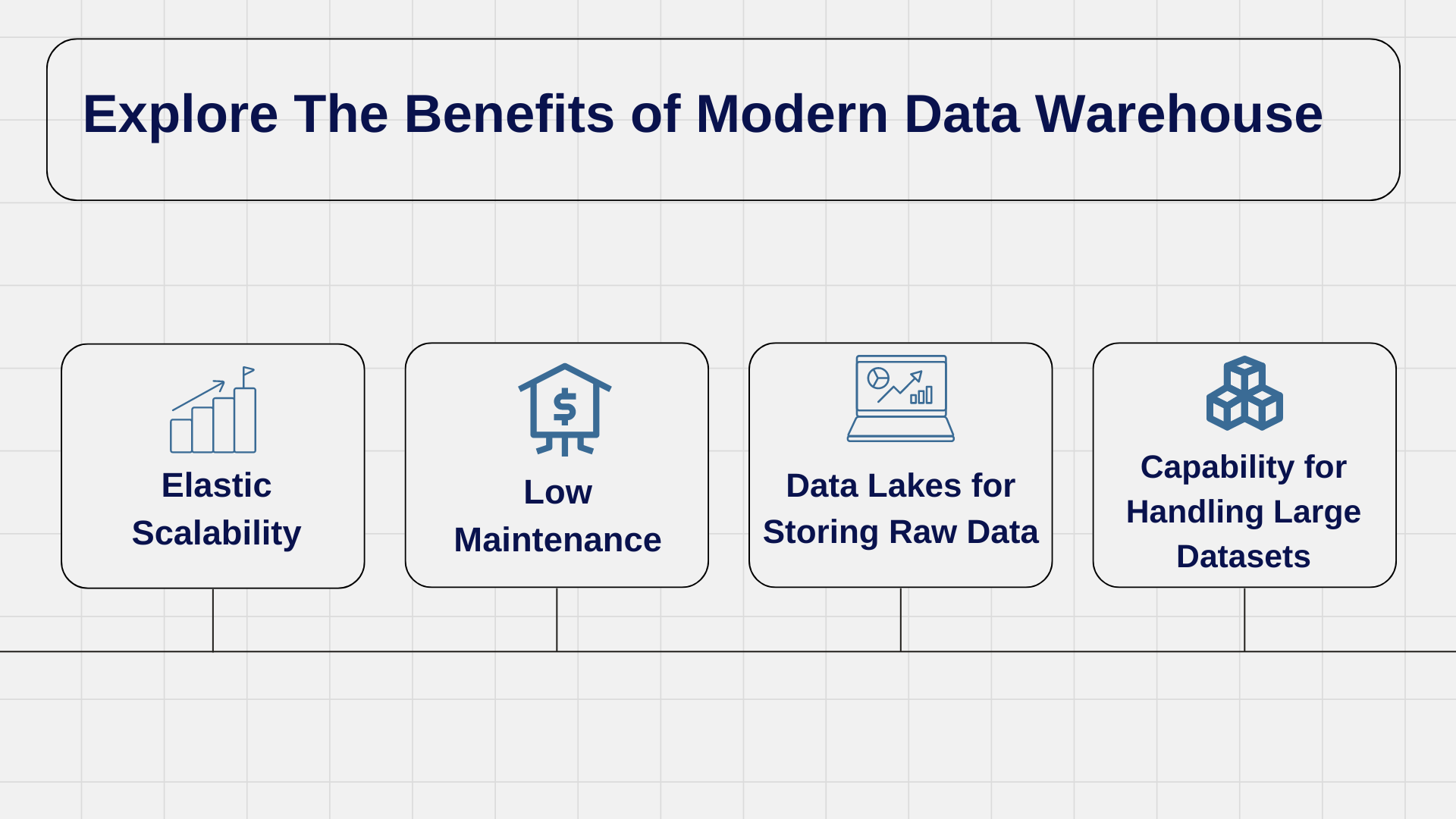The Modern Data Warehouse: Bridging the Gap Between Data and Actionable Insights
 Emma Jones
Emma Jones
A new era of data management has arrived, in which organizations are empowered to make informed decisions based on vast information. Data is an organization's lifeblood. However, with the speed at which data is growing and the demands of analytics changing, traditional data warehouses are found incapable of managing and evaluating massive datasets and keeping them up to date. This has led to a strike to develop modern data that provides a comprehensive solution to data management.
The modern data warehouse represents a strategic shift, supporting businesses in harnessing the full potential of their data. Advancements in data solutions are becoming increasingly important as companies expand and evolve. With this evolution, the modern data warehouse emerges as an important component in the digital transformation journey.
About Modern Data Warehouse
A modern data warehouse is an advanced platform for managing and storing data. It is designed to handle huge amount of organized and unstructured data from several sources in real-time. It uses cloud platforms to provide more adaptable analytics and data processing.
These data warehouses include robust tools and protocols for data integration, transformation, and analysis, as well as data management and storage. This comprehensive strategy allows businesses to extract essential insights more effectively and efficiently from their data.

Core Features of Modern Data Warehouse
The following are the core features of Data warehousing that helps your business to handle and store the data efficiently for taking a sound decision.
1. Data Access Layer
This layer acts as a bridge between different data sources; the data access layer will facilitate easy access to both organized and unstructured data while keeping up with future technological improvements. As data quantities increase and become more diverse, it will be essential to maintain performance and adaptability.
2. Integration Layer
This layer will ensure future-proof data integration compatibility with next-generation ETL tools like Snowflake and Redshift by effortlessly connecting your data warehouse with various sources, including advanced third-party apps and current RDBMSs.
3. Analytics Layer
This layer speeds up and improves data-driven decisions by leveraging vital query languages and integrated machine learning to analyze and forecast patterns based on previous data stored in the warehouse. Subsequent versions will provide even more sophisticated analytical capabilities by supporting AI-driven insights.
4. Data Visualization Layer
Users can quickly obtain insights using robust data visualization tools, eliminating the need for tedious queries or manual report generation. Personalized and interactive visualizations can be tailored to the user's needs. These technologies enable users to spot trends and insights swiftly by converting data into insightful knowledge.
Explore the Benefits of Modern Data Warehouse
The following are the benefits of data warehousing which supports the business scalability by providing various strategies to handle and store data in a unified way.

1. Elastic Scalability
Due to the unparalleled scalability that modern data warehouses provide, businesses may easily modify their data processing and storage capacity in real time to meet changing demands. By utilizing contemporary cloud-based data warehousing solutions, companies can save money by avoiding the need for costly hardware and infrastructure.
2. Low Maintenance
Businesses will require less maintenance and downtime when they have a contemporary data warehouse. System updates and infrastructure improvements will be effortlessly managed by cloud-based solutions, which helps to eliminate the need for manual involvement. This simplified method ensures businesses can focus on their core competencies while upholding a solid data environment. This will be further supported by data engineering services, which will improve operational continuity by automating pipeline management and data integration.
3. Data Lakes for Storing Raw Data
Modern data warehouses will allow enterprises to store raw data in their native format by connecting to data lakes quickly. When the adaptability of data lakes and the solid structure of data warehouses are combined, this upcoming capability will provide unmatched flexibility. As a result, decision-making will be done more rapidly and cleverly due to a unified system that provides a complete perspective of data assets.
4. Capability for Handling Large Datasets
As data volumes are predicted to increase exponentially, modern data warehouses will be able to handle big datasets easily. Their scalable nature can accommodate enormous volumes of structured and unstructured data. These data warehouses offer the flexibility and storage capacity required to manage large-scale data requirements, whether the data is in terabytes or petabytes. This ensures that businesses can adjust to the data expansion without sacrificing performance or insights.
Conclusion
Navigating the complexities of today's data landscape requires a strategic upgrade, and the modern data warehouse stands at the forefront of this evolution. Due to its advanced data access, integration, and analytics layers, which can handle large and heterogeneous datasets, businesses may gain deeper insights and make more informed decisions. To fully leverage these advancements, it’s crucial to hire data engineers who can seamlessly integrate and manage these advanced systems.
This innovative method eliminates the gap between raw data storage and actionable insight. It also reduces maintenance and improves scalability. Looking ahead, data storage solutions will continue to evolve, offering even greater flexibility and efficiency to meet the demands of an ever-growing data universe.
Subscribe to my newsletter
Read articles from Emma Jones directly inside your inbox. Subscribe to the newsletter, and don't miss out.
Written by

Emma Jones
Emma Jones
Hello All! I am Emma a tech consultant from Boston, and I am not as rich as you think. I just love to write about tech, and I have been doing this for five years. I love to empower people and inform them about different technologies and market trends. Yet, I like to make networking and connections. I don't eat health food, and only love to watch movies.